Archives
- 2025-11
- 2025-10
- 2025-09
- 2025-04
- 2025-03
- 2025-02
- 2025-01
- 2024-12
- 2024-11
- 2024-10
- 2024-09
- 2024-08
- 2024-07
- 2024-06
- 2024-05
- 2024-04
- 2024-03
- 2024-02
- 2024-01
- 2023-12
- 2023-11
- 2023-10
- 2023-09
- 2023-08
- 2023-07
- 2023-06
- 2023-05
- 2023-04
- 2023-03
- 2023-02
- 2023-01
- 2022-12
- 2022-11
- 2022-10
- 2022-09
- 2022-08
- 2022-07
- 2022-06
- 2022-05
- 2022-04
- 2022-03
- 2022-02
- 2022-01
- 2021-12
- 2021-11
- 2021-10
- 2021-09
- 2021-08
- 2021-07
- 2021-06
- 2021-05
- 2021-04
- 2021-03
- 2021-02
- 2021-01
- 2020-12
- 2020-11
- 2020-10
- 2020-09
- 2020-08
- 2020-07
- 2020-06
- 2020-05
- 2020-04
- 2020-03
- 2020-02
- 2020-01
- 2019-12
- 2019-11
- 2019-10
- 2019-09
- 2019-08
- 2019-07
- 2019-06
- 2019-05
- 2019-04
- 2018-11
- 2018-10
- 2018-07
-
The importance of EBI for
2021-02-01
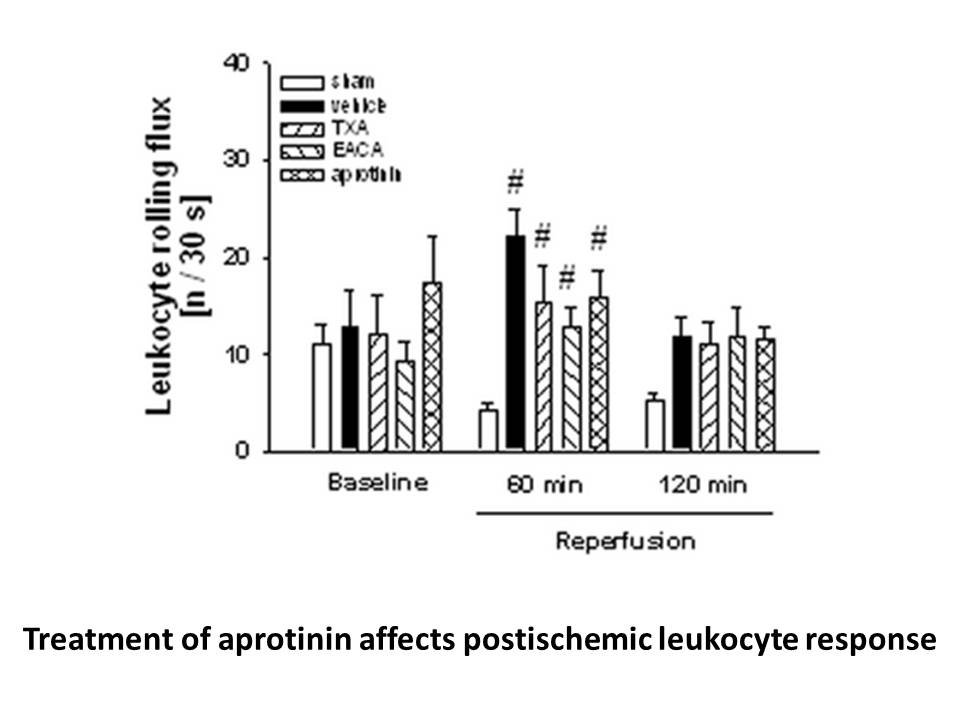
The importance of EBI2 for B cell function was first suggested by the dramatic upregulation of this receptor in EBV-transformed LY 2389575 hydrochloride mg and further inferred from its regulation in activated and GC B cells (Birkenbach et al., 1993, Glynne et al., 2000, Shaffer et al., 2000). An i
-
In this study we generated mice
2021-02-01
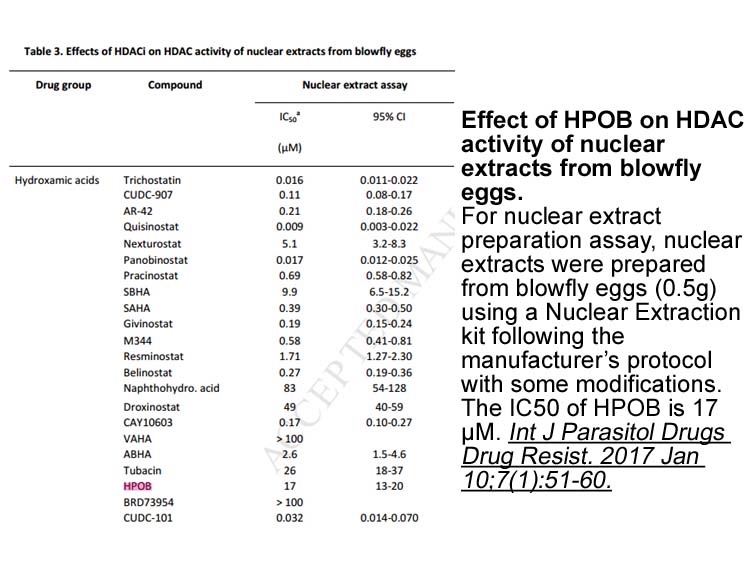
In this study we generated mice in which the native Bcl6 locus was engineered to produce a form of Bcl6 containing a mutant RD2 domain that disrupts its repressor function. We found that RD2 domain is essential for pre-GC B cell differentiation and clustering into nascent GC within follicles, in par
-
Because EBI is expressed on the
2021-02-01
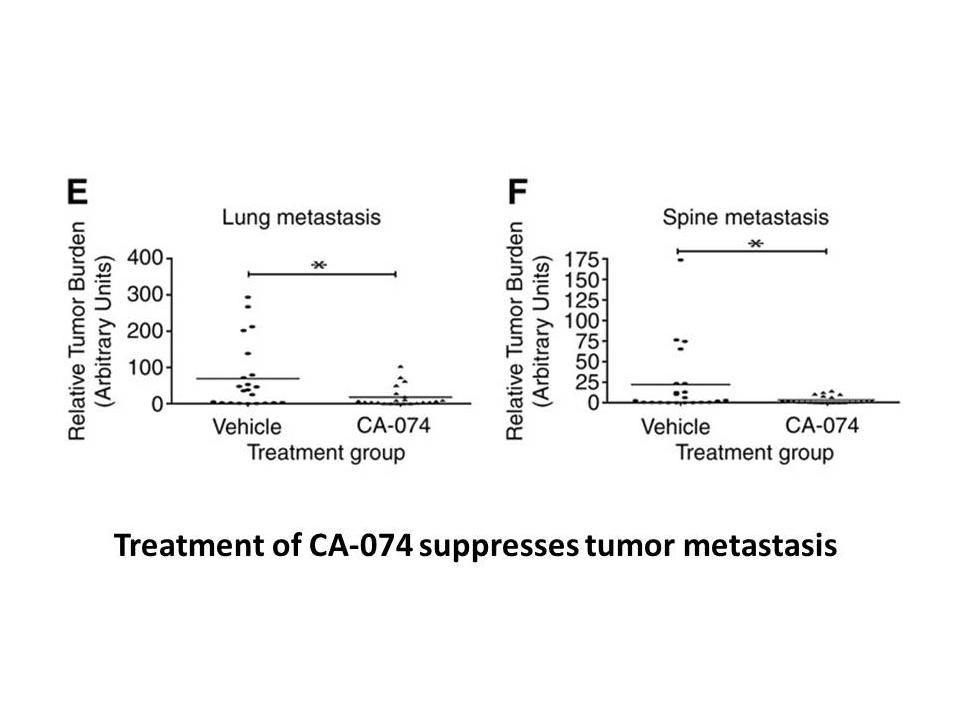
Because EBI2 is expressed on the major subsets of immune cells, and small molecule antagonists for EBI2 were recently described (Benned-Jensen et al., 2013, Gessier et al., 2014), EBI2 constitutes a tempting drug target reminiscent of the sphingosine-1-phosphate receptor superagonist fingolimod/Gile
-
Dehydrogenation by a KSTD is also a crucial step during
2021-02-01

— 1(2)-Dehydrogenation by a Δ1-KSTD is also a crucial step during AZ3146 sale degradation of the steroid core. Several Δ1-KSTDs were shown to be active under either aerobic or anaerobic conditions [27,29,47,50,66]. Furthermore, the last common intermediate of both aerobic and anaerobic steroid degra
-
Another notable finding in this study is that Cbl
2021-02-01
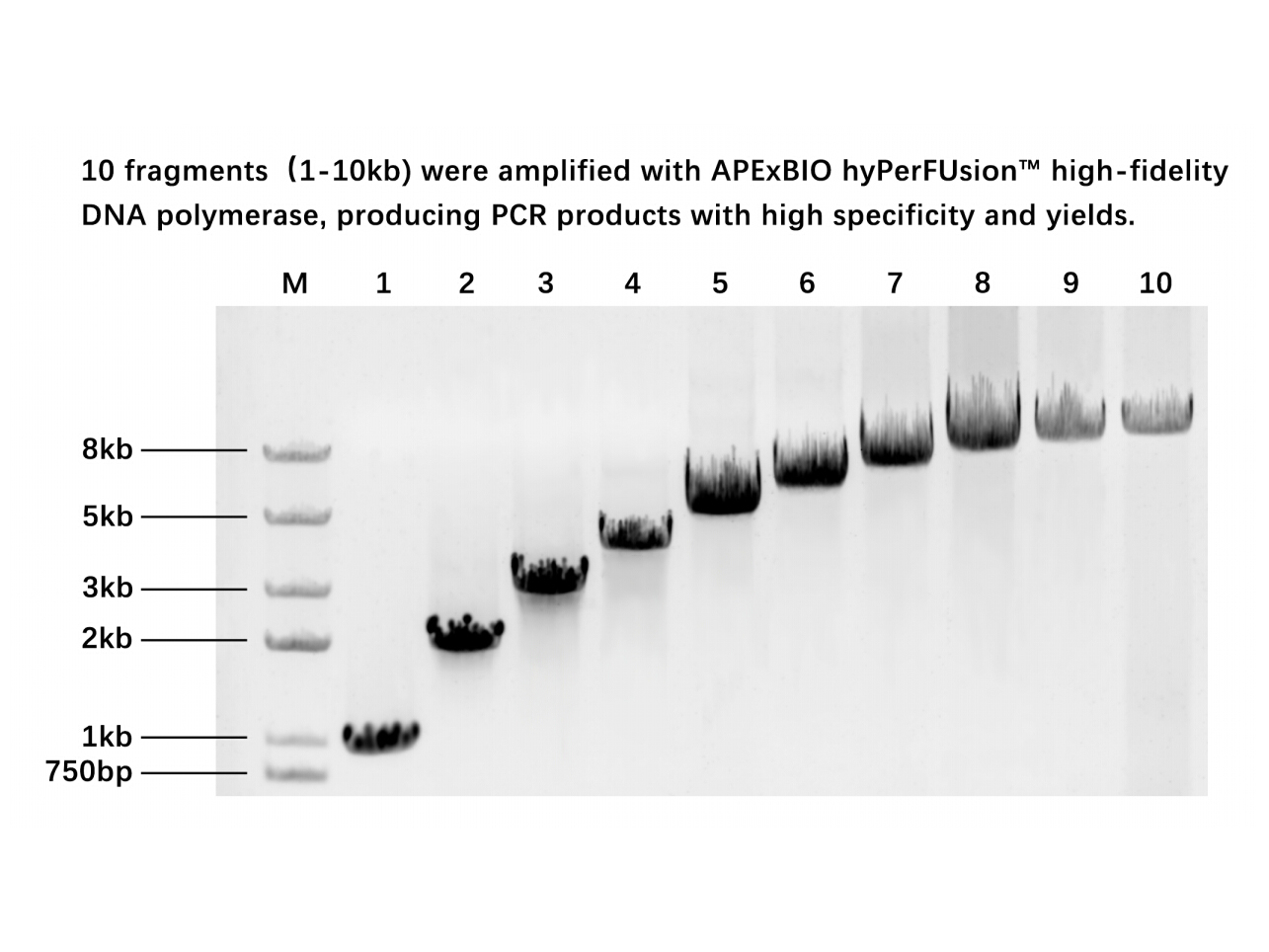
Another notable finding in this study is that Cbl-b-mediated ubiquitination accelerates the degradation of phosphorylated DDR2. Cbl family has been documented to facilitate RTK degradation either in proteasome through K48-linked poly-ubiquitination or in lysosome through mono-, multiple mono- and K6
-
Cy7 carboxylic acid (non-sulfonated) A series of monocarboxy
2021-02-01
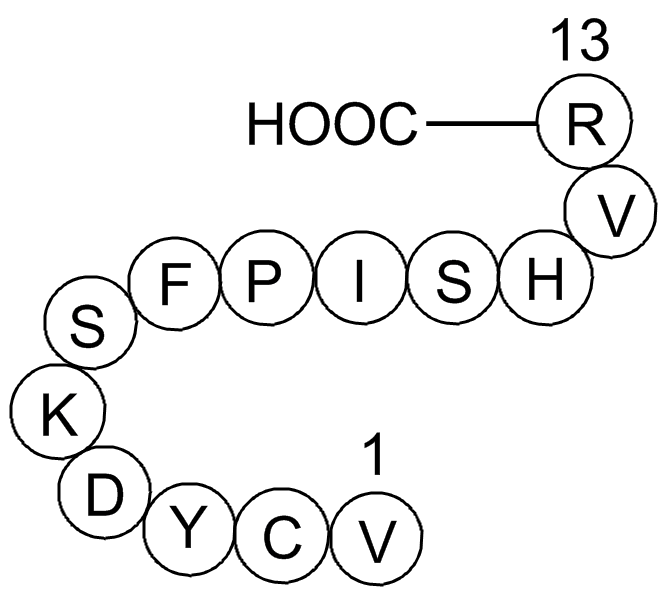
A series of monocarboxylated chalcones (e.g. compounds 7 and 8, Fig. 2A) was previously identified as good CysLT1 antagonists [20], and none of them exhibited CysLT2 antagonistic activities (Supplementary Table S1). This study was consistent with reported result that CysLT2 Cy7 carboxylic acid (non-
-
A phenylacetic acid derivative discovered in a high throughp
2021-02-01

A phenylacetic Z-YVAD-FMK derivative (), discovered in a high throughput screen for CRTH2, inhibited the binding of H-PGD to CRTH2 receptors on 293 cells with an IC of 0.010μM, and inhibited the binding of H-PGD to DP receptors with an IC of only 8.3μM (). Compound also inhibited CRTH2 mediated cell
-
An intriguing feature of the pre and postsynaptic processes
2021-02-01

An intriguing feature of the pre and postsynaptic processes at the level of the VTA that have been shown to be mediated by CRF2 receptors [9], [34] is that they are exerted only by agonists with high affinity for both CRF2 receptors and CRF-BP. The four endogenous peptides of the CRF system have hig
-
In rats exposed to day of
2021-02-01
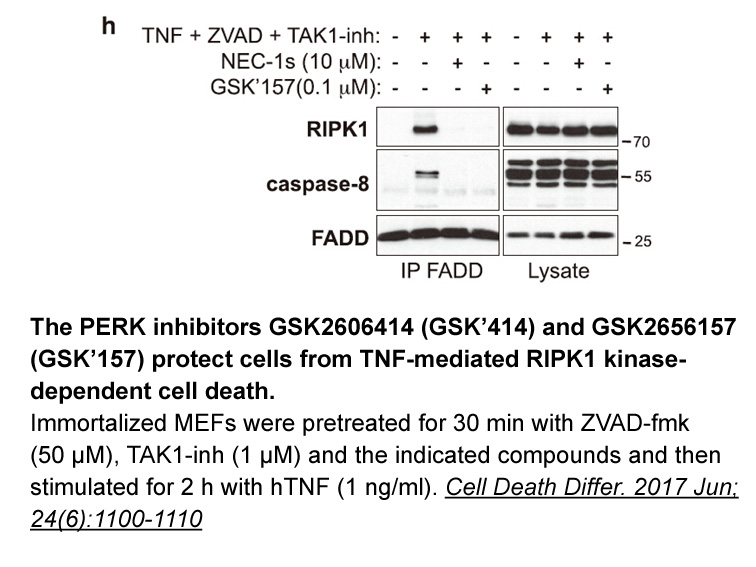
In rats exposed to 1 day of nicotine withdrawal (24 h after the last nicotine administration) we expected a decrease of general locomotor activity and a decrease of global striatal dopamine release, which were assessed in a previous study following 14 days of nicotine exposure and 24 h of nicotine w
-
br Agonist binding ETA activation is promoted by binding of
2021-01-30
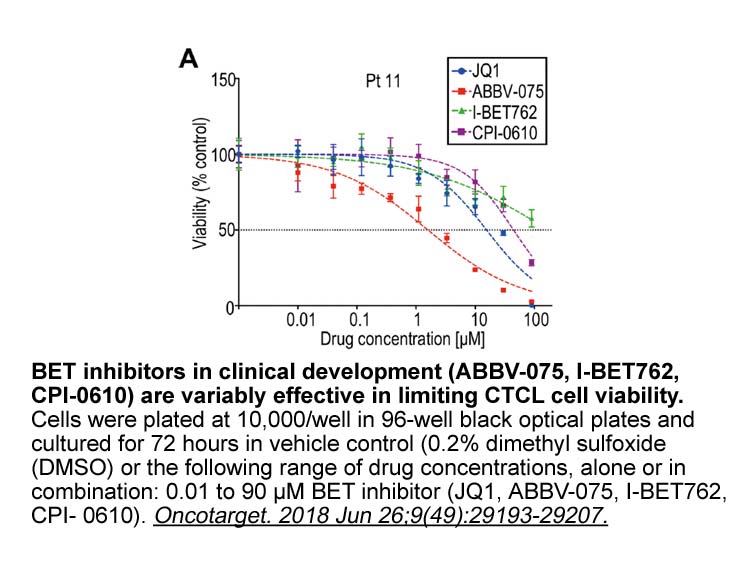
Agonist binding ETA activation is promoted by binding of the endogenous peptidergic agonists to their orthosteric binding site on the receptor. ET1 and ET2 (Trp6-Leu7-ET1) bind with equal high affinity to ETA, whereas the third endogenous isopeptide ET3 (Thr2-Phe4-Thr5-Tyr6-Lys7-Tyr14-ET1) binds
-
In rodents Wang et al Wang and
2021-01-30

In rodents (Wang et al., 2003, Wang and Tsirka, 2005b, Zhu et al., 2012) and humans (Wang et al., 2011), the major forms of cell death after ICH are necrosis and apoptosis. In the perihematomal region of rodents, the number of necrotic and apoptotic cells peaks at 72h post-ICH (Matsushita et al., 20
-
Endothelin appears to have direct effects on neoplastic cell
2021-01-30

Endothelin 1 appears to have direct effects on neoplastic FAUC-365 by inducing cellular proliferation, angiogenesis, migration, invasion, and inhibition of apoptosis [10]. Endothelin 1 mediates mitogenic effects in some epithelial tumors such as colorectal, ovarian, and prostate cancers [11], [12],
-
FOX proteins constitute a large class of transcription
2021-01-30

FOX proteins constitute a large class of transcription factors with multiple functions, from development and organogenesis to regulation of metabolic and immune functions. The Fox transcription factor is characterized by a 100-amino-acid wing helix or forkhead DNA-binding domain. In addition, the FO
-
Procainamide HCl This project was funded by the Deutsche For
2021-01-30

This project was funded by the Deutsche Forschungsgemeinschaft within FOR 2251 (project grants EB 285/2-1 and WI 3272/3-1) and in part by additional contributions from the Bundesministerium für Bildung und Forschung (D.I.S award Nos. BIOSCAT [05K12YE1]) and the Horizon 2020 programme of the European
-
br Materials and Methods br Results br Discussion
2021-01-29

Materials and Methods Results Discussion HSCs have been identified as major collagen-producing dillution in the injured liver (1), and activation of HSCs has become the central link for liver fibrosis (2). The factors that regulate the biological behavior of HSCs include soluble regulatory
15837 records 691/1056 page Previous Next First page 上5页 691692693694695 下5页 Last page